Fine Art for Interior Design
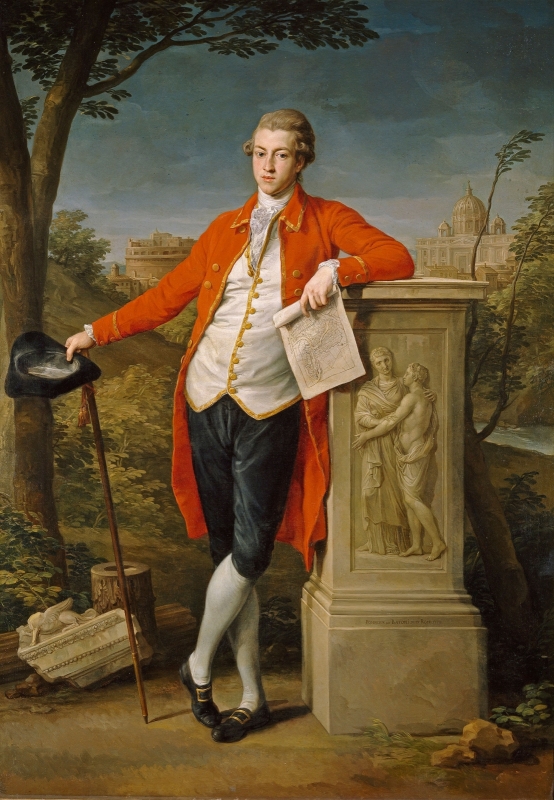
The capture of the British merchant ship Westmorland was a result of the conflict between Great Britain and France and their respective allies as part of the Revolutionary War in America. Seized by the French, the Westmorland was laden with a treasure-trove of gold, jewels, and fine works of art acquired by wealthy British collectors on their Grand Tour of the Old Roman Empire. Here we see a wonderful portrait of Francis Basset, the first Baron de Dunstanville who commissioned the artwork by Pompeo Batoni in 1778 while touring Rome with fellow British travelers. Batoni was a technical master of his tradecraft and excelled at rendering allegorical and mythological pictures.
The capture of the British merchant ship Westmorland was a result of the conflict between Great Britain and France and their respective allies as part of the Revolutionary War in America. Seized by... Read More
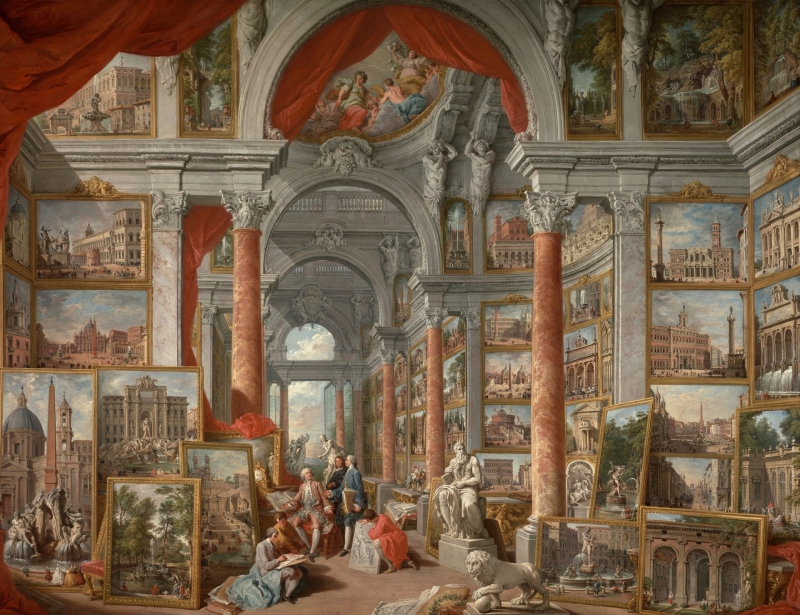
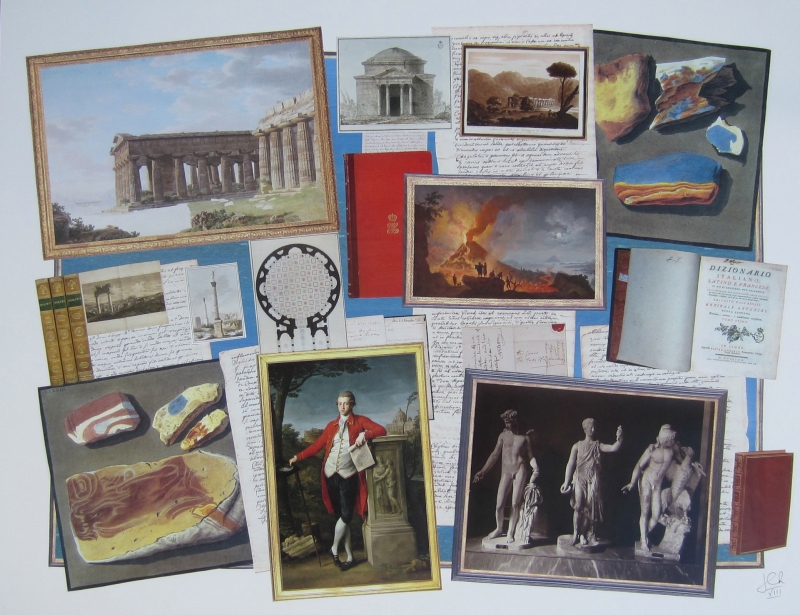
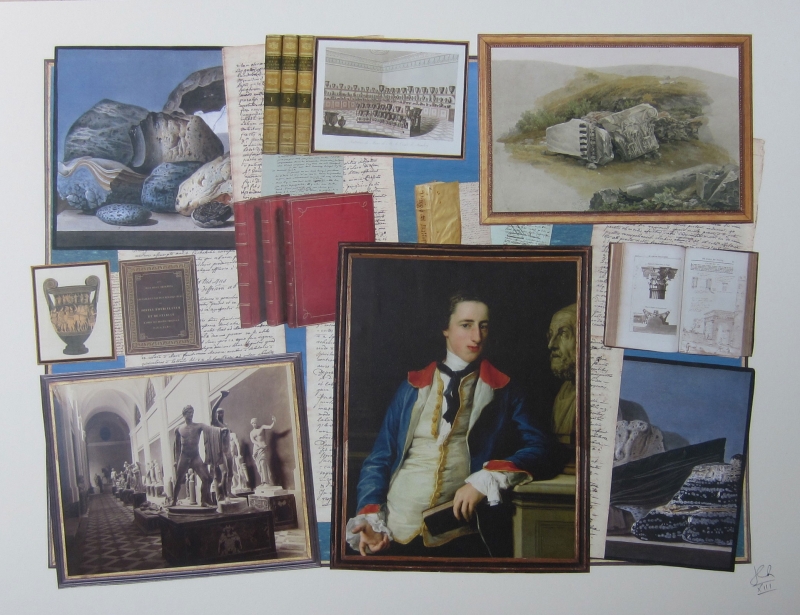



During 17th, 18th, and 19th Centuries young British Bon Vivants began taking post-Oxford treks to Italy in search of the roots of Western civilization, the ancient culture of Rome, and the Prize of acquiring works of art from the fallen empire. With virtually unlimited funds, these wandering aristocrats perfected their skill of the Italian language, commissioned their own portraits within the background of historical Rome, and mingled with the upper crust of an emerging Continent. Here we see a painting that depicts British tourists as they decide which paintings and antiquities to purchase and send back to England. Rendered by the esteemed Giovanni Paolo Pannini in 1758, he was well known for his realistic representations of public celebrations and monuments in Rome.
During 17th, 18th, and 19th Centuries young British Bon Vivants began taking post-Oxford treks to Italy in search of the roots of Western civilization, the ancient culture of Rome, and the Prize of... Read More

Shortly after leaving the port of Livorno, Italy, the Westmorland was captured by the French Navy and escorted to Malaga, Spain, where the goods were auctioned off. The vast majority of the paintings were sold to King Carlos III. Most of the works of art purchased by the king were subsequently given to the Real Academia de Bellas Artes de San Fernando in Madrid to be used as educational tools for Spanish artists. The English Prize acquired by the French would go on to become a cultural phenomenon as it ultimately changed perceptions of art in Spain for generations to come. Even so, these Italian works of art remained relatively unknown until quite recently, when researchers identified the original inventories in the Academia’s archives revealing the Westmorland’s rich cargo.
Shortly after leaving the port of Livorno, Italy, the Westmorland was captured by the French Navy and escorted to Malaga, Spain, where the goods were auctioned off. The vast majority of the paintings... Read More
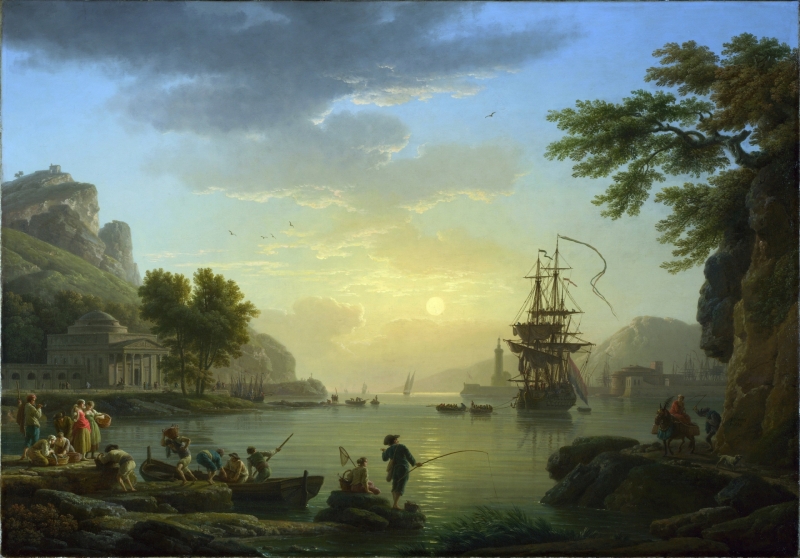
The American Revolution became the catalyst for the Anglo-French War that lasted from 1778 to 1783. France signed a peace treaty with the Colonies and loaned a significant amount of money for their war effort with the Crown. England, and France as a consequence, began a defacto war, causing the shipping lanes in the Mediterranean, Indian Ocean, and English Channel to be fought over for dominance. This left tourists and their treasures vulnerable to capture by the enemy, as we see with the capture and disposition of the artistic contents of the Westmorland. In this painting above by Claude Lorraine, entitled Embarkation at Sunset, you can see the majesty of nautical travel during this time period.
The American Revolution became the catalyst for the Anglo-French War that lasted from 1778 to 1783. France signed a peace treaty with the Colonies and loaned a significant amount of money for their... Read More
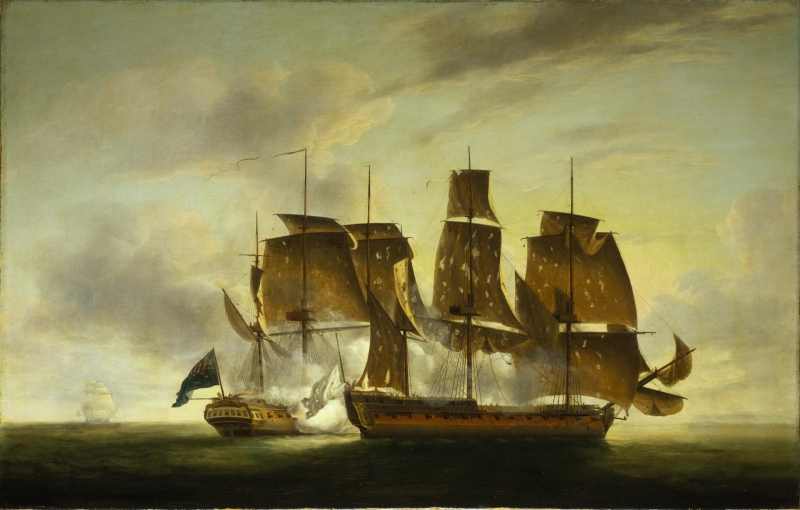
The Capture of the Westmorland was not one of France's most significant military victories during the Anglo-French War, but it represents a cultural victory. With access to these paintings, Spanish artists gained new insight into what was popular in Rome, considered an ancient hub for art, and now Spanish artists could learn new techniques by deeply studying these paintings. During this period, the sharing of culture and art become evident through imitation in taste and fashion, as well as art. The English Prize shines a historical light on the ships capture and the assimilation of the artistic contents, which include Pompeo Batoni's portraits of Frances Bassett, Raphael Mengs's Perseus and Andromeda, and watercolors by John Robert Cozens. This is but a short episode in time, a Grand Tour of young men who acquired a treasure trove of artifacts but were never able to enjoy the fruits of their labor.
The Capture of the Westmorland was not one of France's most significant military victories during the Anglo-French War, but it represents a cultural victory. With access to these paintings, Spanish... Read More
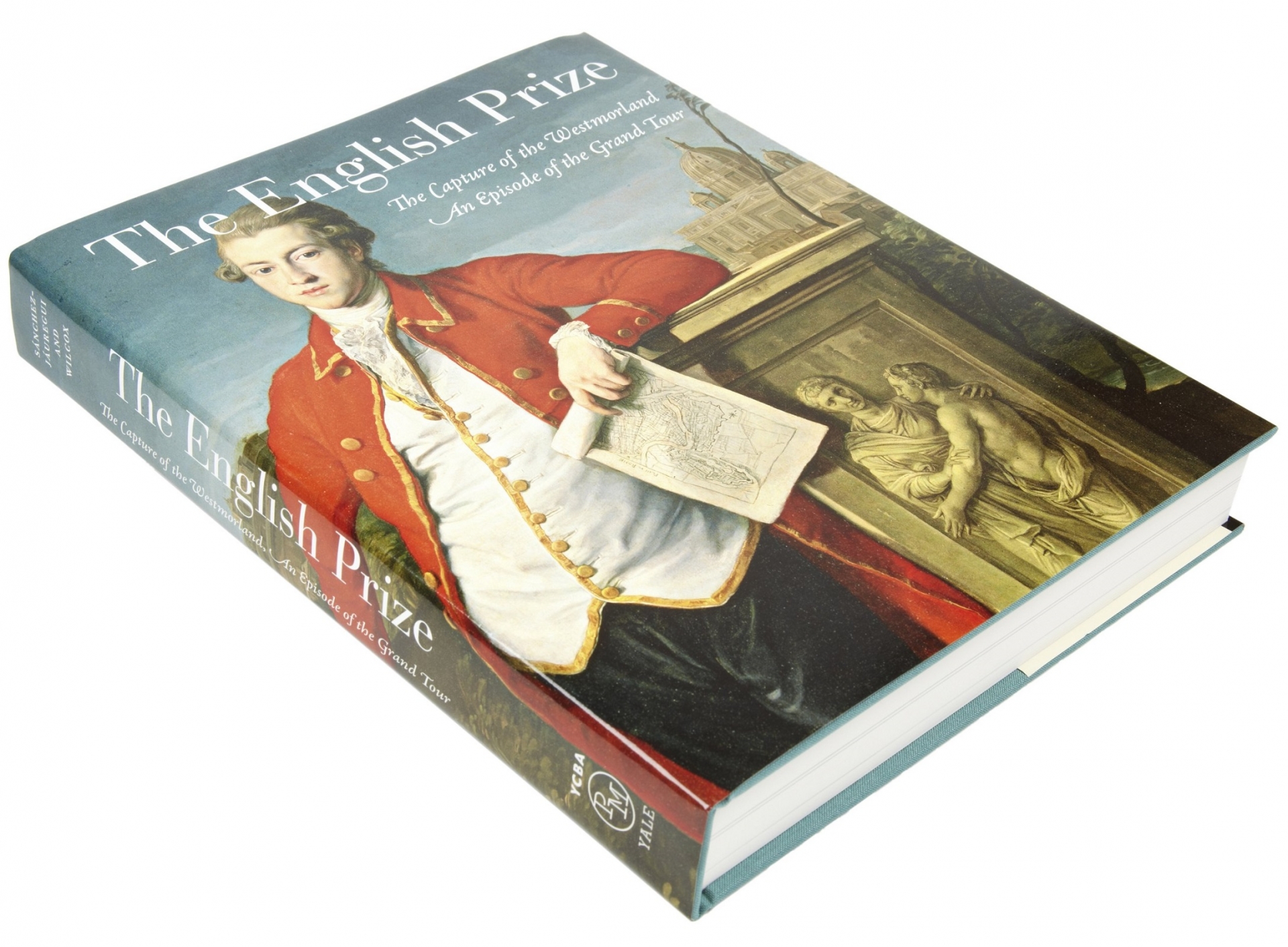
To learn more about the saga of the Westmorland and the art that was captured from her hold, consider ordering a copy of "The English Prize: The Capture of the Westmorland, An Episode of the Grand Tour" from Amazon.
To learn more about the saga of the Westmorland and the art that was captured from her hold, consider ordering a copy of "The English Prize: The Capture of the Westmorland, An Episode of the Grand... Read More
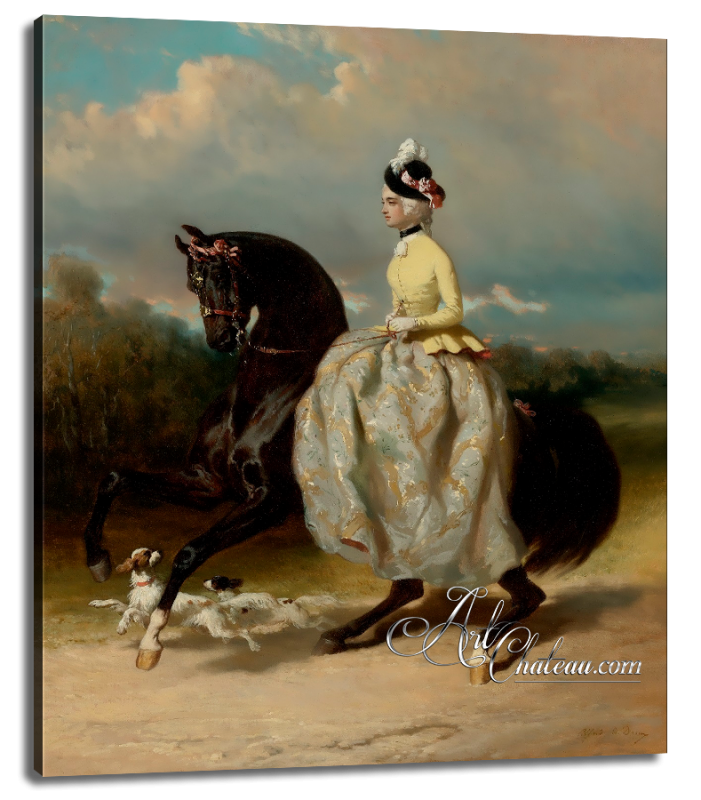
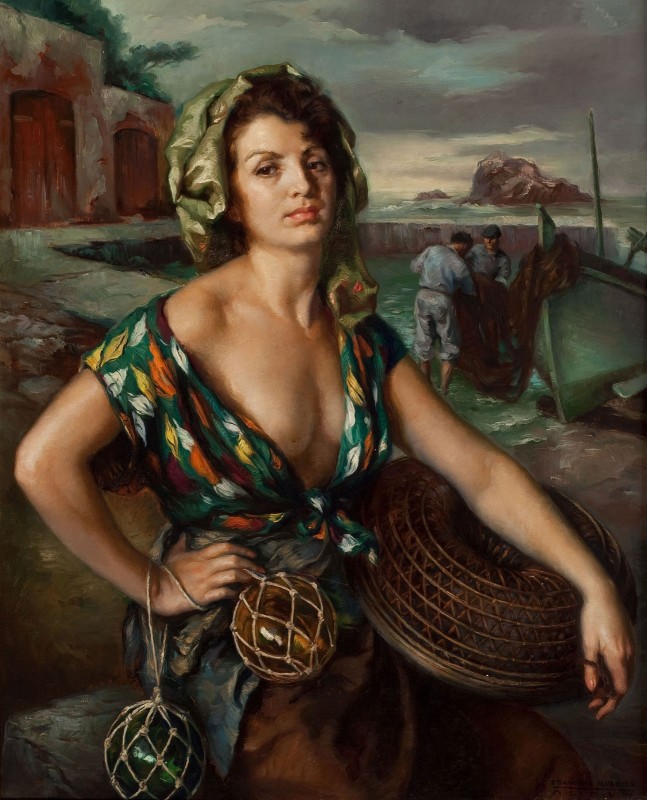
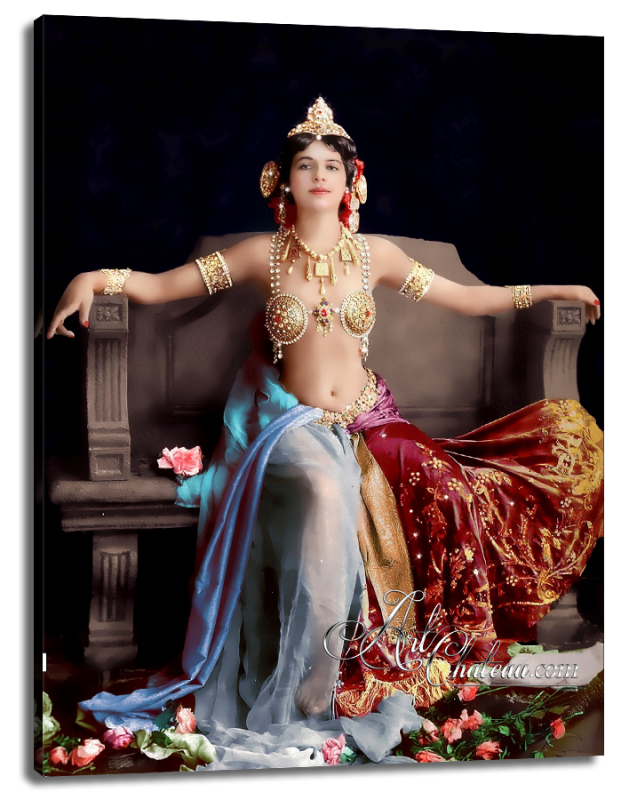
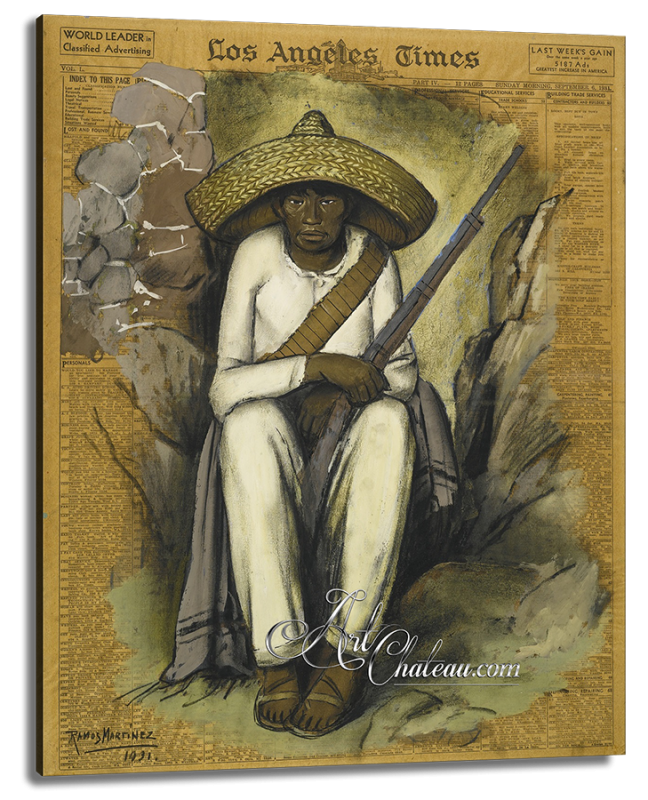
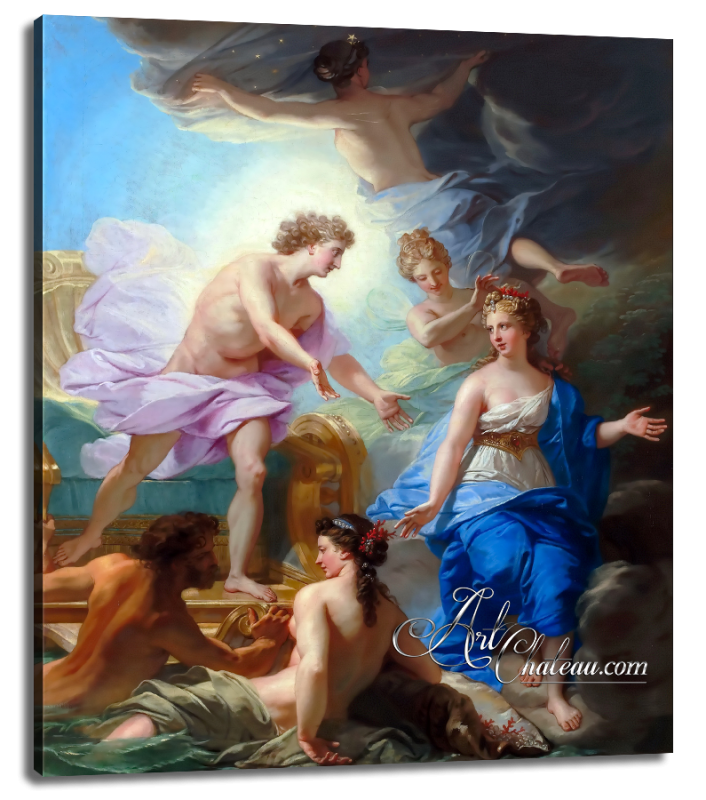
This superb establishment is an excellent example of a cliff dwelling on the magnificent Isle of...
TEFAF Maastricht has shone brightly as the world's pre-eminent art fair showcasing fine art and...
When it comes to hospitality design, no firm on earth can surpass New York City’s Tihany Design....
Whisper the term "Bespoke tailoring." The words conjure images of Victorian-era British luxury,...
The Capture of the Westmorland...a Historical Episode in TimeBy: Daniel Evon |

|
|
The capture of the British merchant ship Westmorland was a result of the conflict between Great Britain and France and their respective allies as part of the Revolutionary War in America. Seized by the French, the Westmorland was laden with a treasure-trove of gold, jewels, and fine works of art acquired by wealthy British collectors on their Grand Tour of the Old Roman Empire. Here we see a wonderful portrait of Francis Basset, the first Baron de Dunstanville who commissioned the artwork by Pompeo Batoni in 1778 while touring Rome with fellow British travelers. Batoni was a technical master of his tradecraft and excelled at rendering allegorical and mythological pictures. |

|
|
During 17th, 18th, and 19th Centuries young British Bon Vivants began taking post-Oxford treks to Italy in search of the roots of Western civilization, the ancient culture of Rome, and the Prize of acquiring works of art from the fallen empire. With virtually unlimited funds, these wandering aristocrats perfected their skill of the Italian language, commissioned their own portraits within the background of historical Rome, and mingled with the upper crust of an emerging Continent. Here we see a painting that depicts British tourists as they decide which paintings and antiquities to purchase and send back to England. Rendered by the esteemed Giovanni Paolo Pannini in 1758, he was well known for his realistic representations of public celebrations and monuments in Rome. |

|
|
Shortly after leaving the port of Livorno, Italy, the Westmorland was captured by the French Navy and escorted to Malaga, Spain, where the goods were auctioned off. The vast majority of the paintings were sold to King Carlos III. Most of the works of art purchased by the king were subsequently given to the Real Academia de Bellas Artes de San Fernando in Madrid to be used as educational tools for Spanish artists. The English Prize acquired by the French would go on to become a cultural phenomenon as it ultimately changed perceptions of art in Spain for generations to come. Even so, these Italian works of art remained relatively unknown until quite recently, when researchers identified the original inventories in the Academia’s archives revealing the Westmorland’s rich cargo. |

|
|
The American Revolution became the catalyst for the Anglo-French War that lasted from 1778 to 1783. France signed a peace treaty with the Colonies and loaned a significant amount of money for their war effort with the Crown. England, and France as a consequence, began a defacto war, causing the shipping lanes in the Mediterranean, Indian Ocean, and English Channel to be fought over for dominance. This left tourists and their treasures vulnerable to capture by the enemy, as we see with the capture and disposition of the artistic contents of the Westmorland. In this painting above by Claude Lorraine, entitled Embarkation at Sunset, you can see the majesty of nautical travel during this time period. |

|
|
The Capture of the Westmorland was not one of France\'s most significant military victories during the Anglo-French War, but it represents a cultural victory. With access to these paintings, Spanish artists gained new insight into what was popular in Rome, considered an ancient hub for art, and now Spanish artists could learn new techniques by deeply studying these paintings. During this period, the sharing of culture and art become evident through imitation in taste and fashion, as well as art. The English Prize shines a historical light on the ships capture and the assimilation of the artistic contents, which include Pompeo Batoni\'s portraits of Frances Bassett, Raphael Mengs\'s Perseus and Andromeda, and watercolors by John Robert Cozens. This is but a short episode in time, a Grand Tour of young men who acquired a treasure trove of artifacts but were never able to enjoy the fruits of their labor. |

|
|
To learn more about the saga of the Westmorland and the art that was captured from her hold, consider ordering a copy of \"The English Prize: The Capture of the Westmorland, An Episode of the Grand Tour\" from Amazon. |